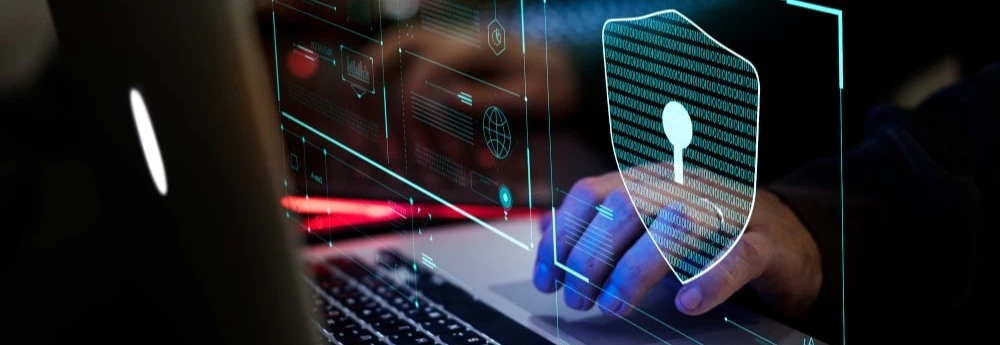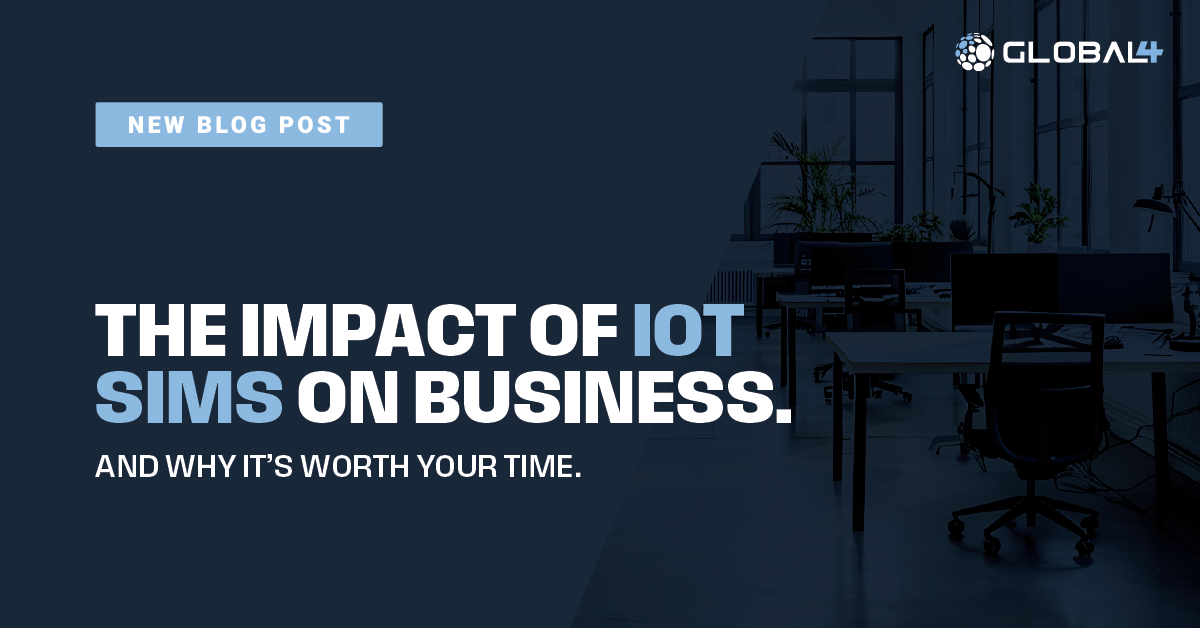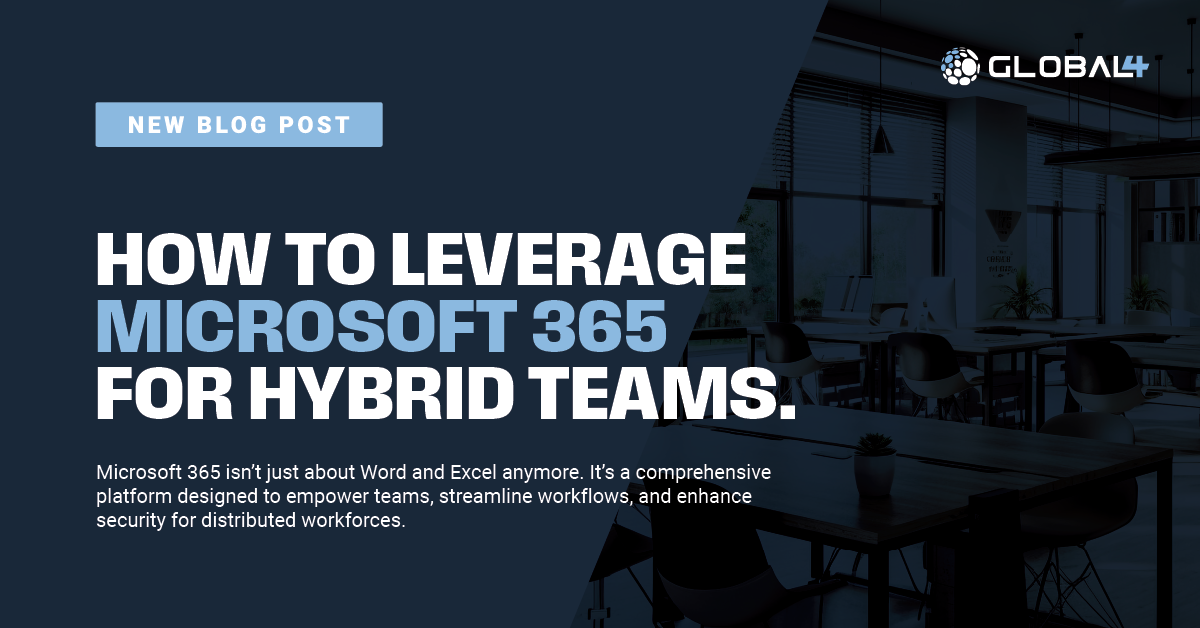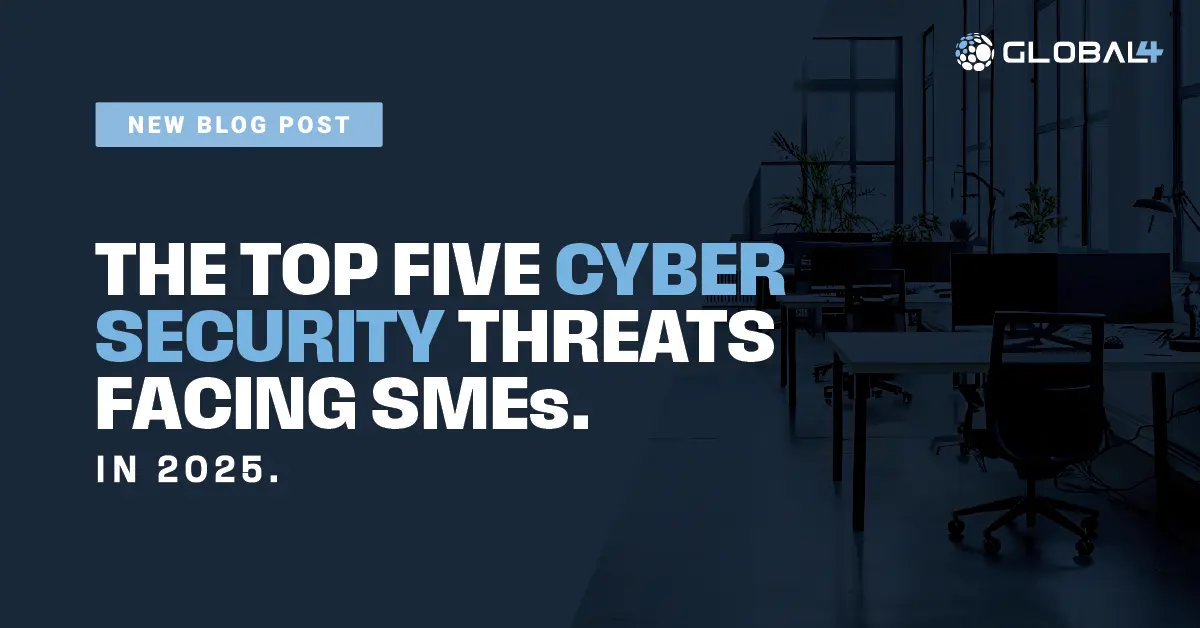The Top Five Cyber Security Threats Facing SMEs in 2025
Cyber security has rapidly become a pressing concern for businesses of all sizes, but SMEs (Small and Medium-sized Enterprises) are increasingly vulnerable. In the evolving digital landscape of 2025, SMEs are prime targets for cyber criminals who see them as easier to breach due to limited budgets and outdated technology. With the rise in sophisticated attacks, staying ahead means understanding the emerging threats and taking proactive steps to protect your business.
Here’s a closer look at the five biggest cyber security threats SMEs should prepare for in 2025, along with practical advice on mitigating these risks.
The Rise of Ransomware 2.0
Ransomware isn’t new, but in 2025, it will reach new levels of complexity and devastation. Cyber criminals are moving beyond basic data encryption and introducing “double extortion” tactics. This means not only locking SMEs out of their data but also threatening to publish or sell sensitive information if ransoms aren’t paid. For small businesses, this can lead to severe financial loss, legal implications, and irreparable damage to reputation.
How to Protect Your SME from Ransomware:
- Regularly back up critical data to offline, secure locations.
- Educate employees on how to spot phishing emails and suspicious links.
- Deploy endpoint detection and response (EDR) tools that can identify and isolate threats before they spread.
- Ensure your cyber security policy includes ransomware recovery procedures.

The Threat of Deepfake Technology
Deepfake technology is evolving rapidly, and by 2025, it will pose a serious risk to SMEs. Cyber criminals can use deepfake audio and video to impersonate company executives or trusted partners, tricking employees into transferring funds or revealing confidential data. This form of social engineering is difficult to detect and can lead to significant financial and reputational damage.
How to Mitigate Deepfake Risks:
- Implement strict verification protocols for financial transactions and sensitive information sharing.
- Educate staff on the emerging threat of deepfakes and how to identify suspicious requests.
- Use biometric or multi-factor authentication to confirm identities during critical communications.
- Stay updated with AI-driven detection tools that can identify deepfake content.
AI-Driven Phishing Attacks
Phishing remains one of the most common forms of cyber attack, but in 2025, artificial intelligence (AI) will supercharge these campaigns. Hackers will use AI to craft highly convincing phishing emails that mimic the tone and writing style of trusted contacts. These personalised attacks are far harder to detect and much more likely to succeed.
Preventing AI-Powered Phishing in SMEs:
- Invest in AI-driven email filtering and threat detection systems.
- Encourage employees to double-check unusual requests by contacting the sender directly through known channels.
- Hold regular phishing awareness and cyber security training sessions.
- Implement multi-factor authentication (MFA) to add an extra layer of security.
The Expanding Threat of IoT Vulnerabilities
The Internet of Things (IoT) is transforming business operations, but many IoT devices lack robust security protocols. As SMEs adopt more IoT solutions—from smart office equipment to security cameras—each connected device becomes a potential entry point for attackers.
Strengthening IoT Security for SMEs:
- Change default passwords on all IoT devices immediately upon installation.
- Keep all IoT firmware and software updated with the latest patches.
- Separate IoT devices from critical business systems by using dedicated networks.
- Regularly audit IoT device usage and remove unnecessary or outdated equipment.
Internal Threats: The Risk Within
Not all threats come from outside your organisation. Insider threats, whether intentional or accidental, will remain a major concern in 2025. Disgruntled employees or those unaware of security best practices can expose sensitive information or create vulnerabilities.
Reducing Insider Threats:
- Restrict access to sensitive data based on employee roles and responsibilities.
- Monitor for unusual activity and set up alerts for suspicious behaviour.
- Foster a positive workplace culture and provide regular training on data security.
- Conduct exit interviews and revoke system access immediately when employees leave.
Why Cyber Security Matters More Than Ever for SMEs
The cost of cyber attacks isn’t limited to financial loss. Data breaches and ransomware incidents can lead to operational downtime, damaged reputations, and lost customer trust. By addressing these five key threats, SMEs can build resilient defences that safeguard their growth and ensure business continuity.
At Global 4, we understand the unique cyber security challenges SMEs face. Our tailored cyber security solutions are designed to protect your business from evolving threats in 2025 and beyond.
Get in touch today to learn how we can help secure your future on 01403 272910, or alternatively email us on sales@global4.co.uk.




